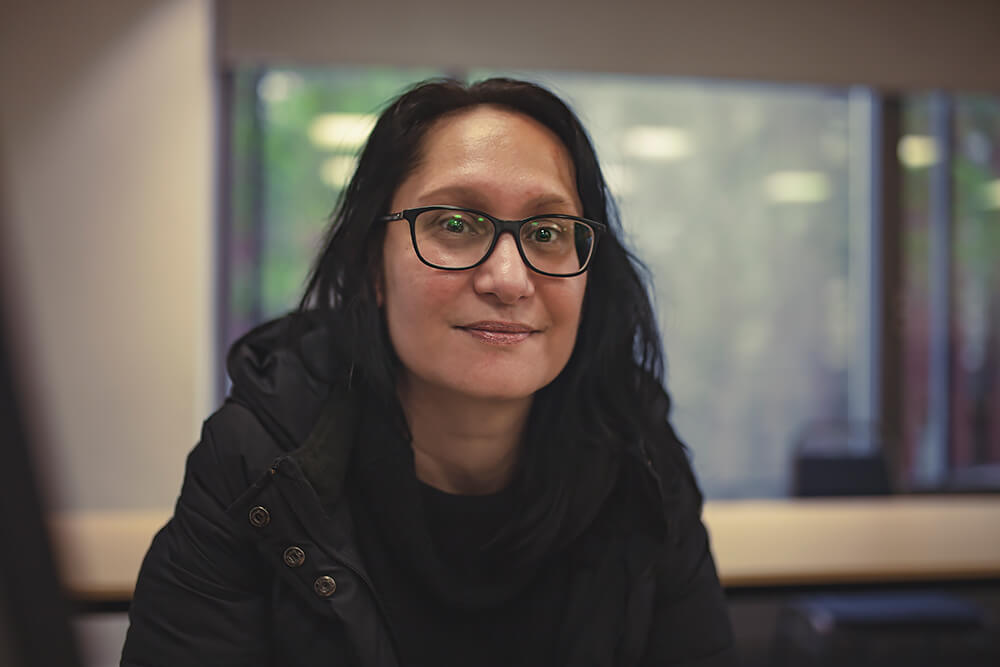I am Eszter Halasi, a self-taught photographer from Hungary currently residing in England. With a passion for capturing meaningful moments, I specialize in portraits of children and families, and the ethnic group lifestyle.
My goal is to challenge stereotypes and promote understanding through my images.
Throughout my journey, I have received recognition for my work, including a bronze prize in the Budapest Photo Awards and honorable mentions in International Competitions. I continually seek opportunities for growth.
I achieved second place in the Hungarian Press Photo, Portrait and Human Portrait category in 2021.
I has been shortlisted on :
Portrait of Britain (2022) and ( 2023),
Global Peace Photo Award (2023),
International Women in Photo Award 2023,
Finalist at the BCN-DH International Photo Festival 2023
My photographs have been featured in online publications and exhibited at festivals, showcasing the diverse narratives I strive to capture.
Through my lens, I aim to evoke empathy, challenge perceptions, and celebrate the beauty of life.
As I continue to explore the art of photography, I am dedicated to telling compelling stories and making a positive impact through my images.
I hope my work is a visual journey into the essence of human experiences.
Whoever believes in the miracle of Csatka
It will happen to them Every year around Mary’s Day, the Csatka Pilgrimage is held - this is when Roma families from all over the Carpathian Basin who believe in the mystery of the Csatka Holy Well travel to the village in Komárom-Esztergom county. . This year I visited the Csatka Pilgrimage for the first time, which I had only heard of before, and it became clear to me on the spot that it is a duty for a photographer of Roma origin to take pictures.
This event still brings families together. Many meet their relatives once a year, who live far away. They settle down in the meadow next to the church, cook, chat, walk down to the wonderful spring, pray, light a candle. Joy, happiness and quiet humility permeate the whole pilgrimage - I tried to capture this in the pictures. Károly Eötvös, a renowned jurist and equally famous storyteller of the turn of the century, said that the Csatka pilgrimage began in 1867. The Catholic Church did not officially recognize Csatka as a place of pilgrimage, only as a place of worship. The pilgrimage is also a real social event in the life of the gypsies, besides religion: many baptize their children here, but marriages are also common, and business deals are made in the tents and tables set up on the nearby hilltop.
Many poured the healing water of the holy well into empty bottles, fewer into smaller ones, and before or after they all visited the Virgin Mary chapel, which József Csöbönyei built in 1862 in the middle of the beautiful valley, because the mother of the Son of God appeared to the hermit. at this place.
